Credit: Bibek Raj Shrestha
Gurung people, located in the middle hills of Nepal, are experiencing more frequent extreme rainfall events, flash floods, landslides and cold waves, disrupting traditional agricultural calendars and livestock productivity, and impacting food security and the local economy. Climate change also introduces new diseases and invasive species, compounding the challenges faced by the community.

THE GURUNG PEOPLE
The Gurung are an Indigenous community primarily inhabited in the mid-hills of Central Nepal. Their subsistence agricultural practices are deeply ingrained in their culture, as well as livestock herding and gathering of medicinal plants.
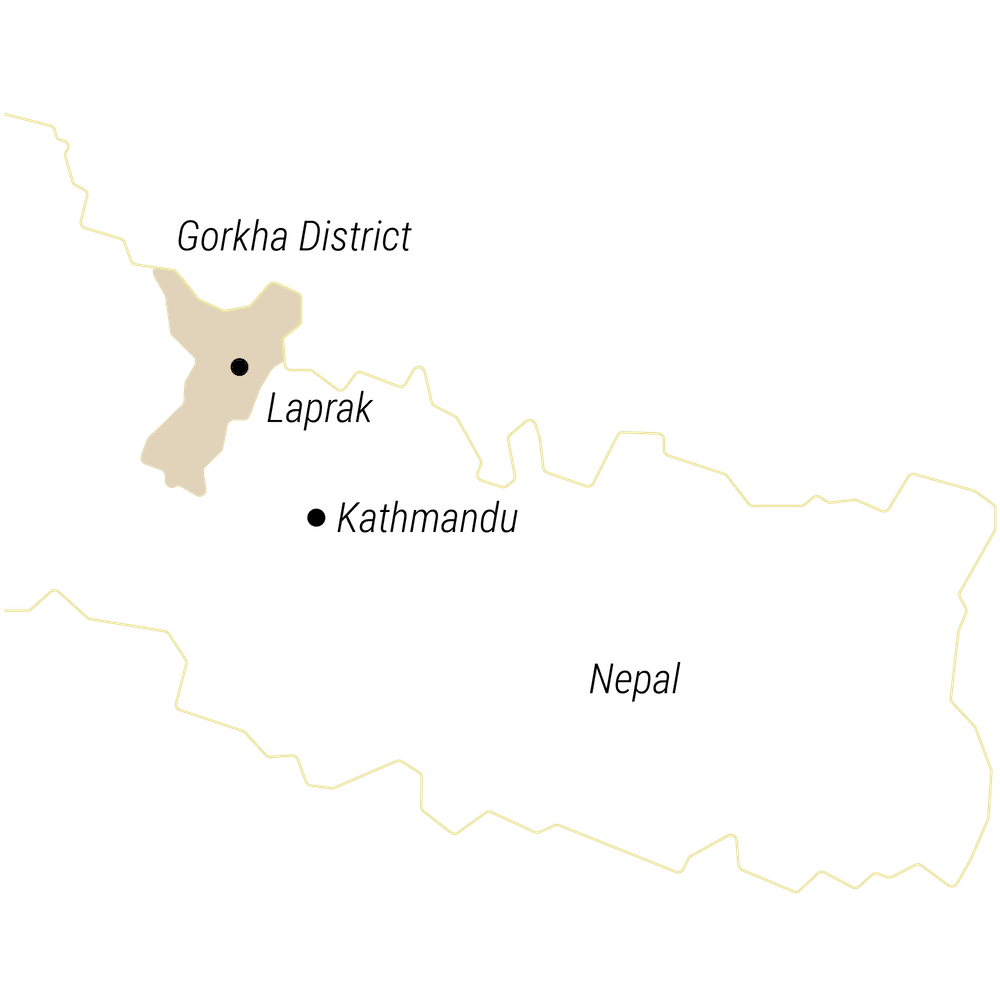
Credit:
ACTIVITIES

Agriculture: mainly maize, potatoes, barley, and vegetables.

Gathering of extensive variety of medicinal plants.

Herding: goats and sheep.
TERRITORY AND CLIMATE
Credit: Shirish Maharjan
Monsoon-influenced temperate
CLIMATE
Changes in the climate
1-0.3ºC per decade and longer heat waves.
Rainfall has increased 31.06 mm/decade since the 1970s. Slight delay in onset of monsoon period.
Increasing snowfall days and snow cover during the last five years.
ACCESS TO NATURAL RESOURCES
Changes in the territory
In 2007, a road brought access and trade to Laprak. Around 2010, a hydropower project provided electricity to the villagers. Post-2015 earthquake, houses were rebuilt with new roofs. Progress has shaped their lives.
The region is currently grappling with invasive species, which is leading to significant crop losses.
VOICES OF LOCAL KNOWLEDGE
Gurung people have a profound ancestral environmental knowledge related to pasture and agricultural management, but their livelihood is now threatened by climate change. Additionally, invasive alien species, new crop varieties, and exodus to cities are affecting their food security and social structure.
Drivers of change
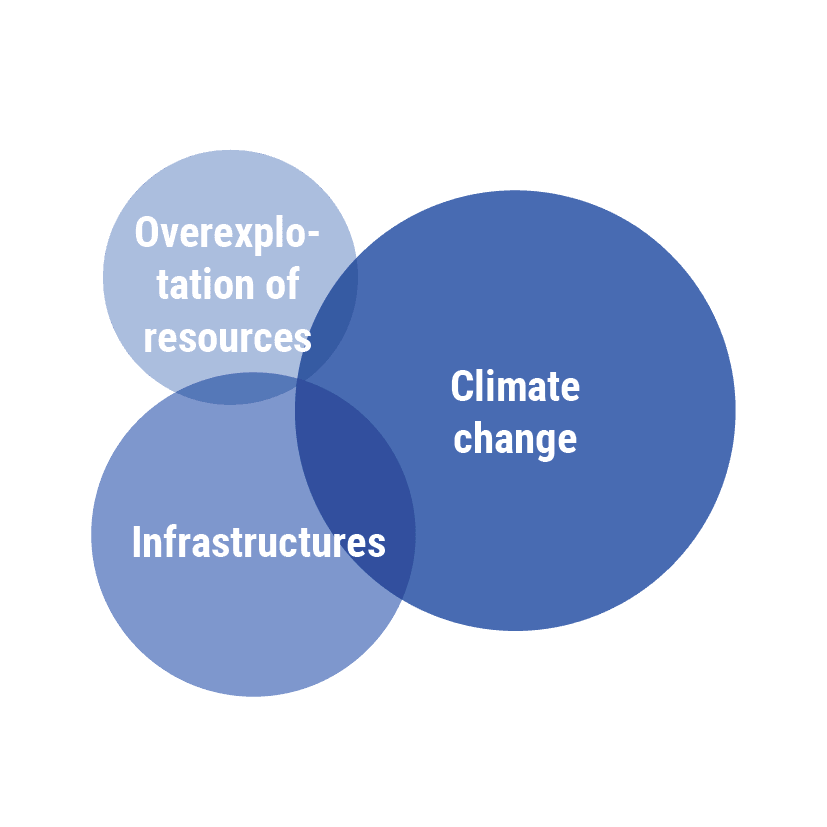
 Overexploitation of medicinal plant resources is like biting the hand that feeds us.
Overexploitation of medicinal plant resources is like biting the hand that feeds us.
 We have made a mistake, and we should correct it. We must start using natural resources more sustainably, protecting the remaining natural areas. We must do this for our children’s sake.
We have made a mistake, and we should correct it. We must start using natural resources more sustainably, protecting the remaining natural areas. We must do this for our children’s sake.
 With the opening of the road, our traditional food habits have been disrupted. We used to rely on locally sourced ingredients, but now processed and fast food options have flooded our community.
With the opening of the road, our traditional food habits have been disrupted. We used to rely on locally sourced ingredients, but now processed and fast food options have flooded our community.
 Roads not only paved the way for the arrival of goods but also unwittingly ushered to unwelcome companions: mosquitoes and invasive weeds.
Roads not only paved the way for the arrival of goods but also unwittingly ushered to unwelcome companions: mosquitoes and invasive weeds.
 Roads do not just reshape landscapes, but also the very fabric of our society, altering not only the conditions of an entire area but also the essence of our culture.
Roads do not just reshape landscapes, but also the very fabric of our society, altering not only the conditions of an entire area but also the essence of our culture.
 Climate change is a silent killer. It’s not just the big storms, floods and landslides that we need to worry about. It’s the cold-related diseases that are becoming more common as our winters get colder and longer.
Climate change is a silent killer. It’s not just the big storms, floods and landslides that we need to worry about. It’s the cold-related diseases that are becoming more common as our winters get colder and longer.
 CThese subtle climate shifts silently nudge us towards the clutches of poverty, robbing our crops and destabilizing our livelihoods.
CThese subtle climate shifts silently nudge us towards the clutches of poverty, robbing our crops and destabilizing our livelihoods.
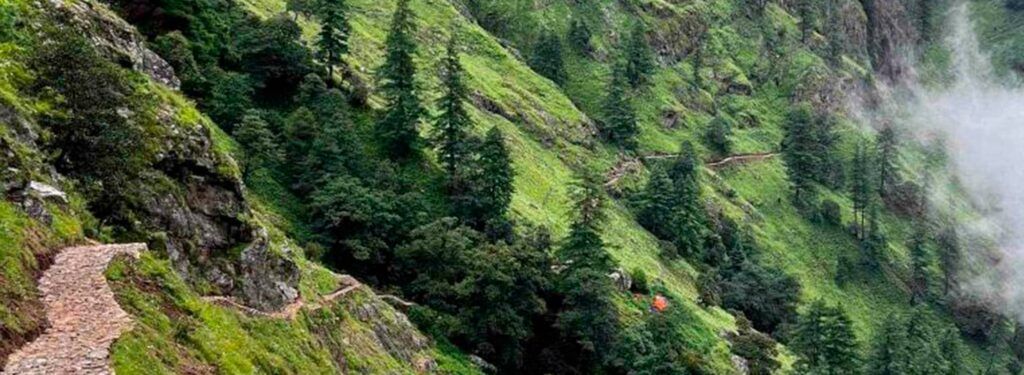
Credit: Santosh Gurung
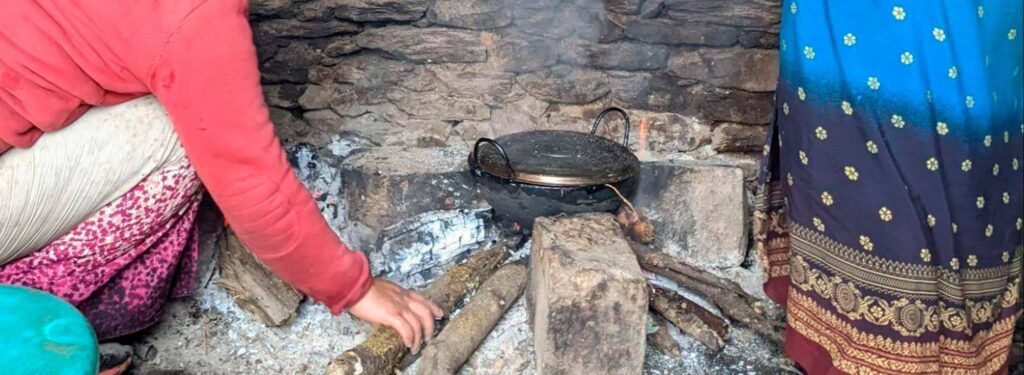
Credit: Bibek Raj Shrestha
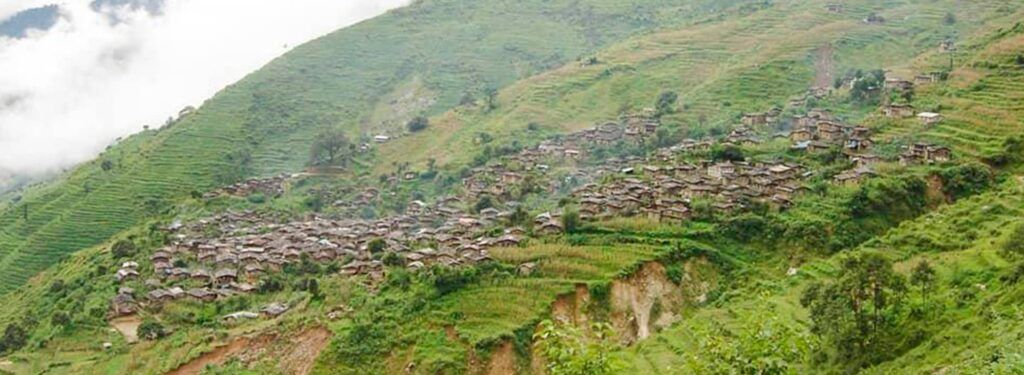
Credit: Narayan Gurung
IMPACTS ON LIVELIHOODS AND CULTURE

Credit: Uma Dhungel
Same pastures for growing demands
Extended snow duration has disrupted agricultural calendars, and degraded soils–due to wind and rainfalls–are decreasing crop yield. Consequently, people are exerting more pressure on lands by increasing livestock herds and medical plant gathering.
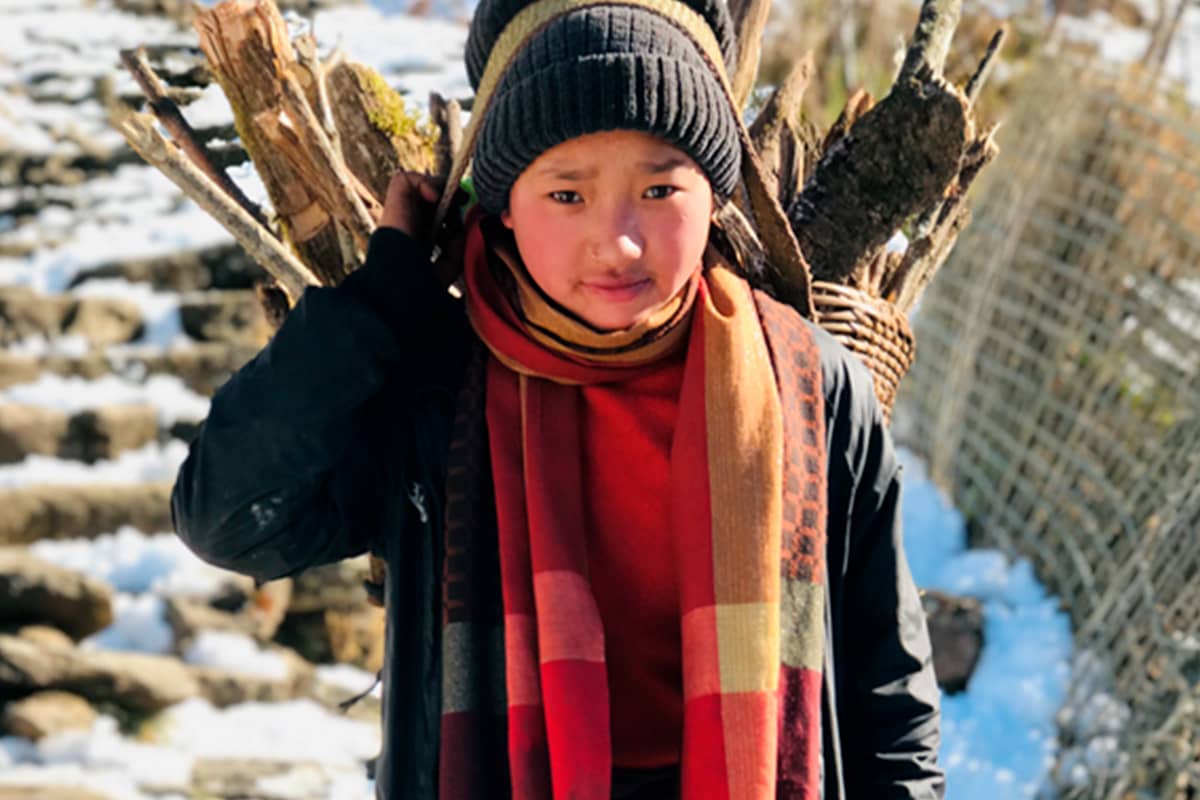
Credit: Jamuna Prajapati
Now is cold for everyone
Cold periods and increased snow duration have reduced agricultural production, increased livestock diseases and mortality, but escalated cold-related disease illnesses, especially children and elderly people.

Credit: Shirish Maharjan
Strained relations for people and wildlife
Wildlife raids on crops and livestock cause financial losses, affecting income and food security. To protect their livelihoods, farmers respond with measures like fencing, scare devices, or crop diversification, altering traditional agricultural practices.
ENVISIONING A CLIMATE CHANGE-PROOF FUTURE
Climate change is not the only environmental threat
Extreme rainfall events, flash floods, landslides, and earthquakes are impacting the traditional livelihoods of Gurung communities, leading to loss of life, community displacement, and infrastructure destruction.
Traditional livelihoods under severe impact
Prolonged snowfalls and cold periods, extreme rainfall events, unusual seasonal temperatures, and reduced soil productivity are climate change impacts affecting their food sovereignty. However, these are aggravated by the appearance of new crop diseases, abundance and distribution of weed species and increased frequency of human-wildlife conflicts.
Local adaptations against multiple stressors
The people of Laprak have implemented various adaptation strategies, including tunnel farming, construction of canals, cultivation of new crop varieties, construction of fences, and guarding crops in the field, to mitigate the impacts of natural disasters, climate change, and human-wildlife conflict.
LOCAL COMMUNITIES AS FUNDAMENTAL ACTORS IN THE CO-MANAGEMENT OF NATURAL RESOURCES
Gurung people possess deep knowledge of traditional varieties and local environmental characteristics. Combining this with soil testing services can promote sustainable soil management to address low crop productivity and help reduce the economic burden. Local knowledge is important to restore and manage degraded pasture lands to improve ecological resilience and traditional livelihoods.
BRIDGING THE GAP BETWEEN LOCAL CLIMATE CHANGE PERCEPTIONS AND GLOBAL UNDERSTANDING
It is important to implement an awareness program to educate the local population about climate change and promote sustainable practices. Gurung people have a historical/deep ecological knowledge of their region, perceiving local changes and interactions among different impacts and drivers. However, they need to understand the medium and long term consequences of natural resources overexploitation.
Credit: Bibek Raj Shrestha
FIELDWORK CONDUCTED BY
Uttam Babu, Narayan Gurung, Santosh Gurung, Jamuna Prajapati , Uma Dhungel, Shirish Maharjan, Bibek Raj Shrestha






